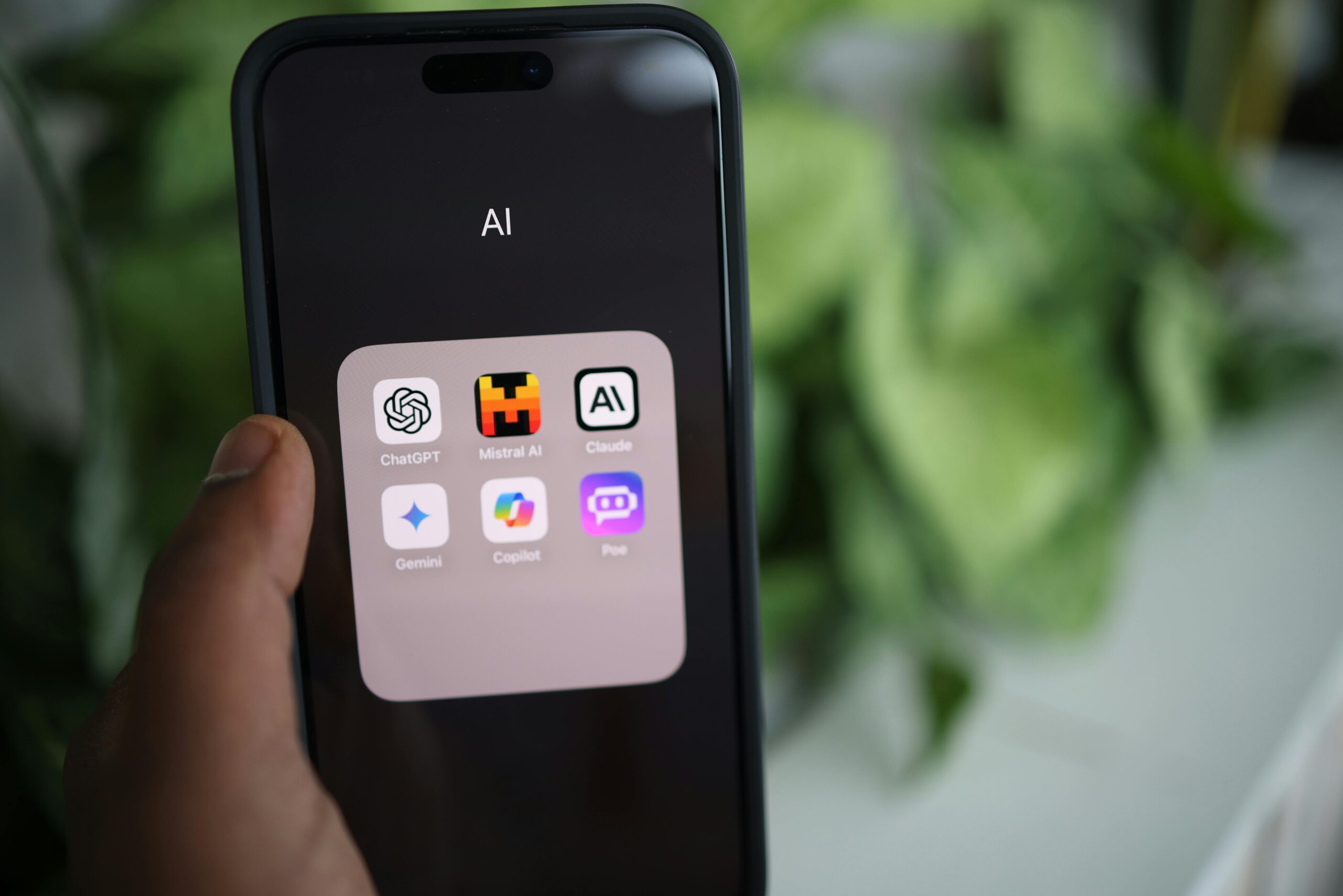
In the present era of of AI-driven search, landing page optimization require more than just a good design and keyword-rich content. In order to be visible in AI searches, modern algorithms take into account context, user intent and semantic relevance.
The structure of your landing page must be designed to be easily understood by machines, but still provide a smooth experience for users. This will ensure that page serves both the AI search models and the human visitors.
Below, we’ve shortlisted the ten most important elements for an AI-friendly landing page.
Intent-Driven Headlines
The headline is the first thing that both humans and AI see, so it must match the search goal. A headline that matches the target makes it clear what the page is about, whether it’s answering a query (“How to fix a zipper”), comparing items (“iPhone 15 vs Samsung Galaxy S24”) or a solution (“Best CRM software for small businesses”).
Subheadings (H2, H3) should divide the topic into smaller, easier-to-read parts that are still relevant to AI and make it easier for the user to read.
By using natural keyword variations and meeting the searcher’s needs, your headings will help search engines understand the content and improve its ranking.
Semantic Relevance
Modern AI-powered search engines focus on semantic relevance, meaning they understand how words are linked to larger ideas. This differs from the old search engine optimization, which was based on the repetition of exact match keywords.
Through Semantic keyword integration you will be adding synonyms, related words and topic clusters in a way that makes sense to the AI which will enable the model to understand what your content is really about. For example, a landing page for “the best ergonomic office chairs” should also include terms like “adjustable chairs with lumbar support”,” “posture-improving task seating” and “quality home office furniture” to illustrate how in-depth and relevant the material is.
Structured Data
Structured data (schema markup) helps search engines to capture the context of your page by highlighting important elements of your content, such as articles, FAQs or events, in a form that they can easily understand.
When you add schema markup to your website, you get rich snippets in the search results, including star ratings, prices or instructions on specific activities. This makes your website more visible and can increase CTR. You can easily add this AI-friendly code to your landing pages using tools such as Google’s Schema Markup Generator or Schema.org.
Conversational, Answer-Based Copy
AI search models love clarity and prefer answer-based, conversational content that speaks to visitors in their own words and responds directly to their needs. Such content also increases the visitor’s willingness to buy because it feels genuine and not like a sales pitch, and search engines and customers will notice if your landing page promotes a useful conversation.
Factual, Topically Relevant Content Blocks
Content blocks packed with facts and figures, testimonials and expert knowledge will help you build trust and drive more conversions. AI and visitors trust evidence more than promises. To gain authority quickly, make sure your content is short, verifiable and on-topic. Search engines and buyers will pay attention to you if you back up your claims with tangible facts and figures.
Entity Optimization
Entity optimization tells search engines about the key people, places and things associated with your business so they can understand what makes it unique. Here you should not focus on keyword-rich content, but describe your points in a meaningful way. AI search algorithms prefer websites that organize information in a way that makes sense to humans.
Mobile-Friendly & Fast Loading
In today’s mobile digital landscape, a landing page that loads quickly and works well on mobile isn’t just a good idea, it’s the cornerstone of success. Search engines like pages that work equally well on all devices. So slow load times or inadequate optimization for mobile devices can have a big impact on your rankings and conversions.
Engaging Multimedia with Alt Text & Captions
Enhance your landing page with engaging multimedia content as both AI and users appreciate content that is visually stimulating and easy to understand. High-quality photos, explanatory videos and visually appealing infographics not only increase dwell time, but also help search engines understand your message and maintain user engagement.
Clear Call-to-Action (CTA)
At the heart of your landing page is a call-to-action (CTA), which must be both clear and persuasive. It tells visitors exactly what they should do next and why they should be interested in what you have to say. Even the most compelling content is ineffective if there is no compelling call-to-action (CTA), resulting in users being confused and no conversions.
Internal & External Linking Strategy
By implementing an effective and balanced link strategy, your landing page can be transformed from a dead end to a center of credibility and interaction. While meaningful external links build trust with both users and search engines, internal links lead visitors to information related to the visit, which increases dwell time and improves SEO. However, it is important to find a balance: An excessive number of links can be distracting, while an insufficient number of links can cause you to lose opportunities to reinforce your message.
Final Thoughts
Designing an AI-centric landing page isn’t about outsmarting algorithms, it’s about creating a page that both AI-driven search engines and humans enjoy interacting with. You can create a page that performs well and converts visitors into customers by using things like a simple layout, interesting multimedia content, factual content, fast load times and targeted SEO.
Remember that AI determines what consumers value, so emphasize value, clarity and smooth navigation. If you master these components, your landing page will not only attract visitors, but also convert those visitors into lasting results.
Related Posts
What is Generative Engine Optimization (GEO)? And how it differs from Traditional SEO
Generative Engine Optimization (GEO) is an innovative method for optimizing content that is tailored to…
How SGE Snippets Are Reshaping Click-Through Rates (CTR)
Search Generative Experience (SGE) is Google’s latest AI-powered search upgrade, designed to provide consumers with…
SEO in Sweden: Why E-E-A-T framework is Crucial for Building Trust & Authority ?
Sweden prides itself on having one of the most technologically advanced consumers in Europe. With…
Are Brand Mentions taking over backlinks in AI powered Searches ?
Backlinks have proven to be a fundamental ranking factor in the SEO scene for years…






